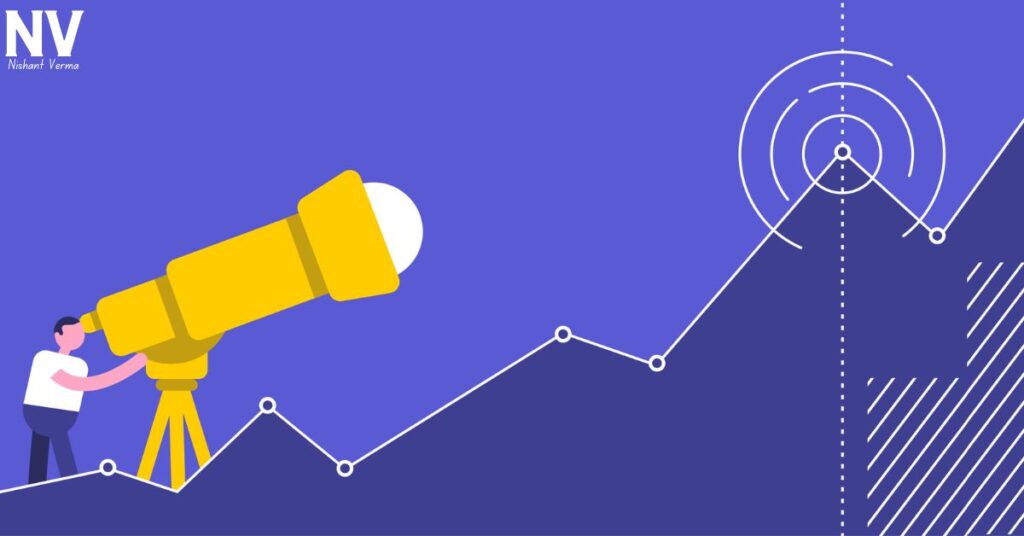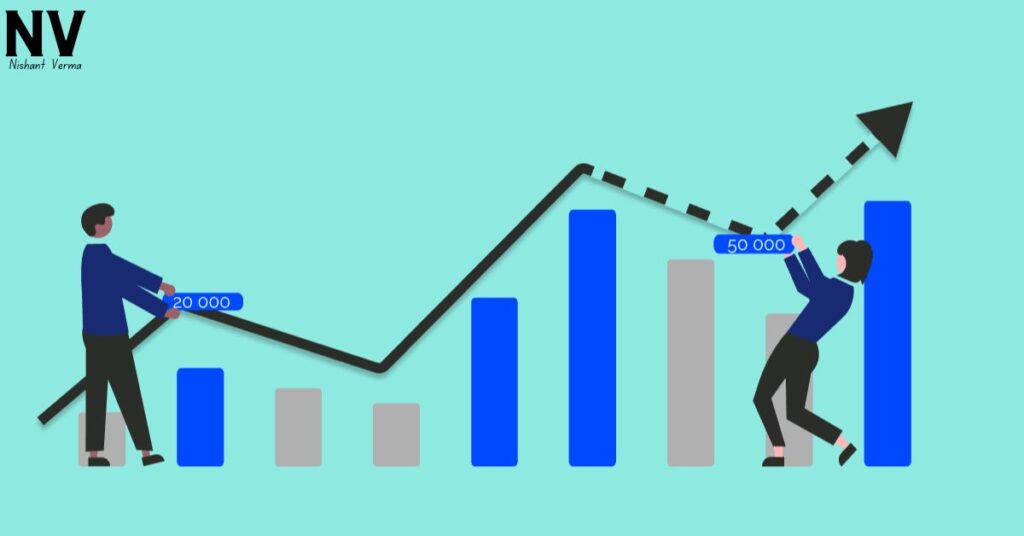Navigating the Business Landscape
In the dynamic world of business, success is often a result of informed decisions and strategic planning. At the heart of this strategy lies a crucial tool – sales forecasting. In this comprehensive guide, we’ll demystify the art and science of sales forecasting for business, exploring its significance, methods, and how businesses can harness its power for effective business planning—all explained in easy and simple language.

Section 1: Understanding Sales Forecasting for business
1.1 The Role of Sales Forecasting
Delve into the fundamental role of sales forecasting as a predictive tool that helps businesses anticipate future sales based on historical data, market trends, and other influencing factors.
1.2 The Impact on Business Planning
Highlight how accurate sales forecasting for business forms the cornerstone of robust business planning, aiding in budgeting, resource allocation, and overall strategic decision-making.
Section 2: Types of Sales Forecasting
2.1 Short-Term and Long-Term Forecasting
Differentiate between short-term and long-term forecasting, showcasing how businesses utilize each based on their specific needs and goals.
2.2 Product-Based vs. Market-Based Forecasting
Explore the distinctions between product-based and market-based forecasting, emphasizing how businesses tailor their approaches depending on their product portfolio or market dynamics.

Section 3: Methods of Sales Forecasting
3.1 Historical Sales Data Analysis
Discuss the significance of analyzing historical sales data, explaining how past performance can serve as a valuable indicator of future trends.
3.2 Market Research and Analysis
Explore the role of market research in sales forecasting for business, outlining how businesses can gather insights into consumer behavior, industry trends, and competitive landscapes.
Section 4: Technology and Sales Forecasting
4.1 The Role of CRM Systems
Highlight how Customer Relationship Management (CRM) systems play a pivotal role in automating data collection, tracking customer interactions, and facilitating more accurate sales forecasts.
4.2 Artificial Intelligence in Sales Forecasting
Explore the integration of artificial intelligence in sales forecasting for business, showcasing how machine learning algorithms enhance accuracy by identifying patterns and trends in vast datasets.
Section 5: Creating Realistic Sales Projections
5.1 Setting Achievable Goals
Discuss the importance of setting achievable goals, emphasizing the need for realism to ensure that forecasts align with practical business expectations.
5.2 Considering External Factors
Explore how external factors such as economic conditions, industry regulations, and geopolitical events should be factored into sales projections to enhance their accuracy.
Section 6: The Role of Sales Teams in Forecasting
6.1 Collaboration with Sales Teams
Highlight the collaborative aspect of sales forecastingfor business, underscoring the importance of involving sales teams in the process to incorporate frontline insights.
6.2 Feedback Loops for Continuous Improvement
Discuss the establishment of feedback loops between sales teams and forecasting analysts, fostering continuous improvement and adaptation to changing market dynamics.

Section 7: Common Challenges in Sales Forecasting
7.1 Overcoming Data Accuracy Issues
Address common challenges related to data accuracy, providing strategies to mitigate errors and ensure the reliability of sales forecasts.
7.2 Adapting to Market Uncertainties
Explore strategies for businesses to adapt their sales forecasts when faced with unexpected market uncertainties, ensuring resilience in planning.
Section 8: Case Studies of Successful Sales Forecasting
8.1 Small Businesses Navigating Growth
Highlight examples of small businesses that have leveraged effective sales forecasting to navigate growth, optimize inventory, and enhance financial planning.
8.2 Corporate Giants Leading by Example
Showcase instances of major corporations that have successfully implemented sales forecasting for business strategies to stay agile in competitive markets.
Section 9: Incorporating Sales Forecasting into Financial Planning
9.1 Budgeting and Resource Allocation
Discuss how sales forecasting serves as a cornerstone for budgeting, helping businesses allocate resources effectively based on projected sales.
9.2 Financial Decision-Making
Explore the impact of accurate sales forecasts on financial decision-making, from investment strategies to determining pricing models.
Section 10: Continuous Monitoring and Adaptation
10.1 Key Performance Indicators (KPIs) for Monitoring
Outline essential Key Performance Indicators (KPIs) for monitoring sales performance against forecasts, enabling businesses to identify areas for improvement.
10.2 Adapting Strategies Based on Insights
Discuss the iterative nature of sales forecasting for business, emphasizing the importance of adapting strategies based on real-time insights and market changes.
Conclusion: Navigating the Future with Confidence
In conclusion, sales forecasting for business is not just a tool; it’s a compass that guides businesses through the intricate landscape of uncertainty. By understanding its importance, embracing various forecasting methods, leveraging technology, and involving sales teams, businesses can confidently plan for the future.
So, whether you’re a startup with ambitious goals or an established enterprise seeking sustained success, the journey begins with a clear understanding of sales forecasting for business. Here’s to navigating the future with confidence, armed with insights that turn uncertainty into opportunity.




